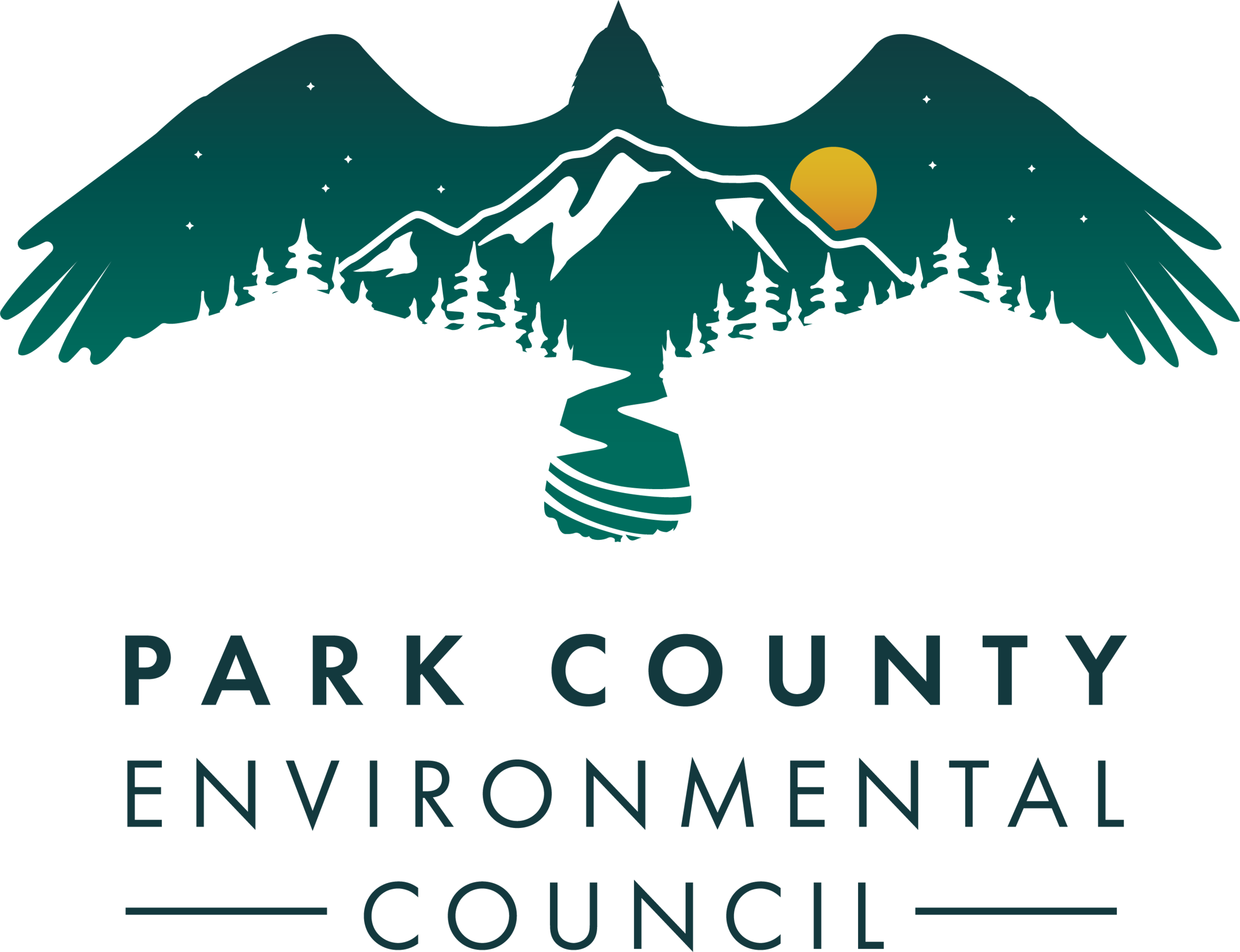Park County Growth Trends
We are certainly stating the obvious when we say Park County is experiencing profound change.
But nailing down exactly how Park County is growing can be difficult.
There is very little oversight of development, which means there aren’t many statistics on what is being built and where. This makes getting an idea of what is happening on the ground difficult, said Mike Inman, Park County Planning Director, at a planning board meeting earlier this year.
“We do our best to get a sense of what’s going on,” Inman said. “But we don’t have a way to track what’s happening on the ground holistically.”
As the county considers adopting the proposed Conflict Mitigation Zoning regulation, which could help lessen the impacts of industrial and commercial development, it’s important to get a picture of what’s happening on the ground.
‘Perception of growth depends on who you’re talking to’
The planning department receives many inquiries requesting information about building new developments like “glamping” campsites, new homes and large-scale proposals, Inman said.
But because the county has no review process, it’s impossible to know how many of these projects become a reality.
For example, the county has approved fewer than one new subdivision a year for the past 20 years. Yet residential growth has continued.
“The perception of growth varies depending on who you're talking to,” Inman said.
What data does exist?
Septic permits and new addresses are the two best sources to gauge new development.
The Park City-County Health Department regulates septic permits. In recent years, septic permits have increased as follows:
2017: 104 total septic permits.
2018: 126 total septic permits.
2019: 146 total septic permits.
2020: 152 total septic permits.
2021: 130 total septic permits (so far).
But one septic permit isn’t necessarily a good indicator of the type of development, Inman said. For example, a new development like Sage Lodge requires only one septic permit but obviously has a greater impact on the Paradise Valley than a single-family home.
Over the past few decades, the number of homes in the county has also outpaced population growth, meaning an increase in the number of second homes and vacation rentals.
Beginning in 2019, the health department began tracking specific uses tied to septic permits applications. In 2019, the 146 permits included:
35 upgraded/replacement systems (24%).
117 new systems (76%).
44 seasonal occupancy (20%).
102 full-time occupancy (80%).
In 2020, the 152 septic permits included:
27 upgraded/replacement systems (18%).
119 new systems (82%).
51 seasonal occupancy (35%).
95 full-time occupancy (65%).
In 2021, the 121 full applications are:
24 upgraded/replacement systems
97 new systems
40 seasonal occupancy
81 full-time occupancy
But even this data is difficult to interpret, Inman said. What does seasonal mean? Three weeks? Three months? Nine months?
Park County Lead Sanitarian Kaleb Pearson said that this data is voluntarily submitted, and that something that is built for seasonal occupancy may be used for full-time occupancy later, or vice versa.
Another good source of data is new rural addresses, according to the Park County GIS Department:
· 2017: 73 addresses assigned.
· 2018: 95 addresses assigned.
· 2019: 113 addresses assigned.
· 2020: 79 addresses assigned.
But like septic permits, address data can be hard to interpret. For example, one address could be for one residence or one high-impact development.
Potential impact
There are currently around 4,000 undevelopment lots in Park County that have not been assigned an address. These lots, which make up nearly half of all parcels in the county, could be developed — into industrial uses, residences or commercial developments — without any oversight from local government beyond septic permits.
Here’s the breakdown of where they are:
· 1411 parcels north of 1-90 with no address (37%).
· 2555 parcels south of 1-90 with no address (63%).
Equity is a major issue.
Housing and land prices are skyrocketing.
Park County’s median house sale price just passed $400,000, up from $200,000 in the summer of 2015.
The largest source of earning is increasingly non-labor income, which includes capital gains, dividends, interest, transfer payments, gifts, and prizes. This means more than half of the money made in the county isn’t earned from local jobs .
Research from Headwaters Economics shows that as more wealth comes into the community, income inequality is likely to increase. This could lead to many people being priced out of the community.
How would the Conflict Mitigation Zoning proposal help?
The county is currently considering the proposed Conflict Mitigation Zoning Regulation. The proposal would zone the entire county, outside of city limits and create a review process for large-scale development that is not agricultural or residential. The regulation would help mitigate impacts, things like water quality, noise levels, traffic, dust and light pollution.
“The idea is to create some sort of local control when it comes to these high-intensity land-use types that conflict with what we predominantly have here - agriculture and residential,” Inman said.
The Park County Planning Board has been holding meetings over recent months to gauge public opinion and help make the document better. Should the draft be expanded to include residential? Should some more high intensity agricultural uses not be exempt from regulation? What about definitions?


